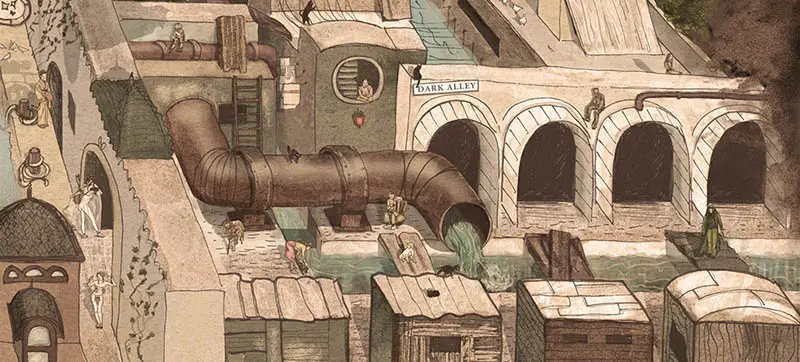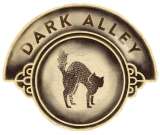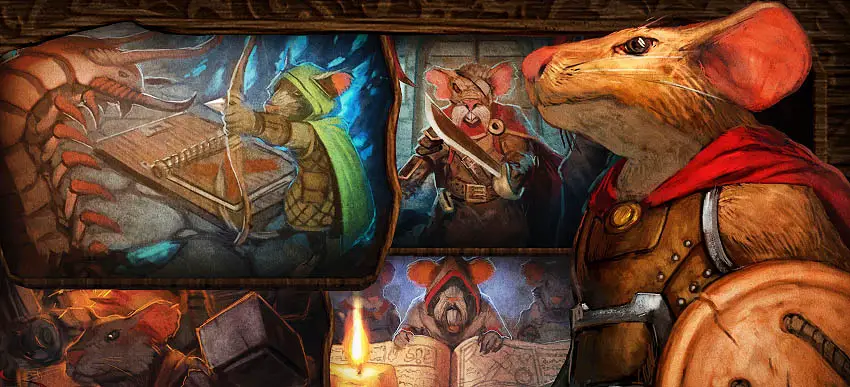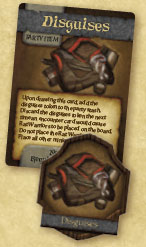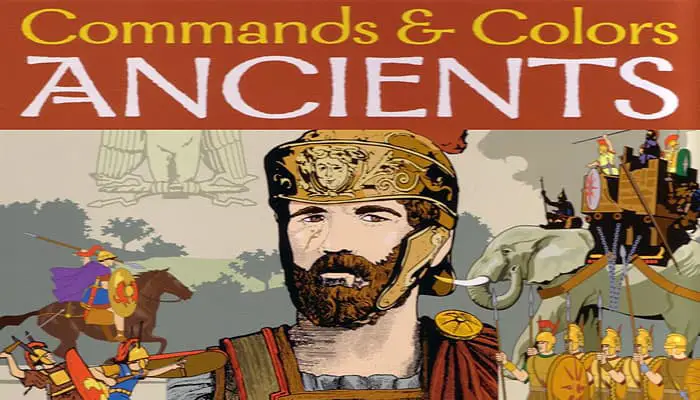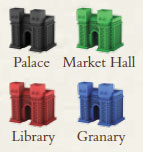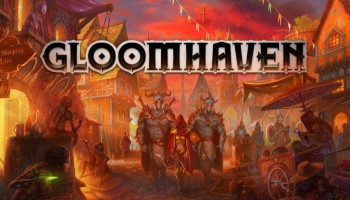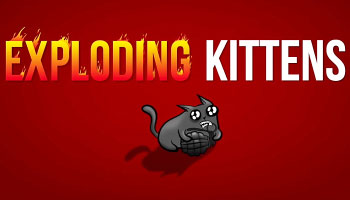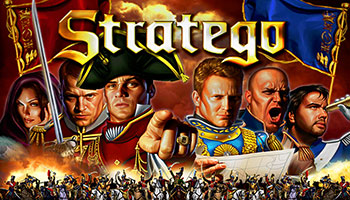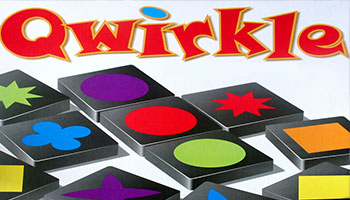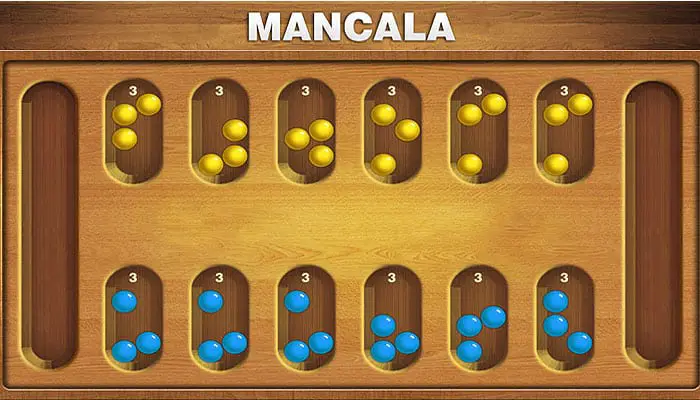
Mancala is a name given to a large family of "Pit and Seeds" or "Count, Sow and Capture" games - one of the oldest games known.
There are about 300 different Mancala games, some versions are simple like Kalah or Oware but others like Omweso or Bao can be very complicated as they are played on two boards and sometimes played in a reverse direction.
Components
- Folding Wood board with 2 rows of 6 pits (holes).
- 48 colored stones
Setup
-
Players sit opposite to each other with the game board in between. The Mancala-board is made up of two rows of six holes or pits. The six small holes on your side of the game board belong to you. …


